
Buhangin District: The Heartbeat of Davao City
Explore Buhangin District in Davao City, a vibrant blend of local culture, nature, and modern amenities, perfect for an immersive Filipino experience.
Buhangin District, located in Davao City, Philippines, is a vibrant and bustling area that perfectly encapsulates the modern Filipino way of life. This district is a lively mix of residential, commercial, and recreational spaces, making it a must-visit for tourists who want to experience the authentic pulse of Davao. From the moment you step into Buhangin, you'll be greeted by the warm and friendly locals, a hallmark of Filipino hospitality. The district is home to a variety of markets, where you can find fresh produce, local delicacies, and handmade crafts. One of the highlights is the Buhangin Public Market, a sensory overload of sights, sounds, and smells that will give you a true taste of local culture. For those interested in nature and outdoor activities, Buhangin offers several parks and green spaces. The Davao Crocodile Park is a short drive away and provides an exciting opportunity to see some of the Philippines' most fascinating wildlife. Additionally, the district is well-connected to other parts of Davao City, making it a convenient base for exploring the wider area. Buhangin also boasts a range of dining options, from street food stalls to high-end restaurants. Whether you're craving traditional Filipino dishes or international cuisine, you'll find something to satisfy your palate. The nightlife here is equally diverse, with a mix of laid-back bars and lively clubs where you can dance the night away.
Local tips in Buhangin District
- Visit the Buhangin Public Market early in the morning to experience the freshest produce and local delicacies.
- Wear comfortable walking shoes as the district is best explored on foot to fully appreciate its charm.
- Try the local street food, especially the grilled skewers and fresh fruit shakes.
- Take a short trip to the Davao Crocodile Park for a unique wildlife experience.
- Use public transportation like jeepneys and tricycles for an authentic local travel experience.
Buhangin District: The Heartbeat of Davao City
Buhangin District, located in Davao City, Philippines, is a vibrant and bustling area that perfectly encapsulates the modern Filipino way of life. This district is a lively mix of residential, commercial, and recreational spaces, making it a must-visit for tourists who want to experience the authentic pulse of Davao. From the moment you step into Buhangin, you'll be greeted by the warm and friendly locals, a hallmark of Filipino hospitality. The district is home to a variety of markets, where you can find fresh produce, local delicacies, and handmade crafts. One of the highlights is the Buhangin Public Market, a sensory overload of sights, sounds, and smells that will give you a true taste of local culture. For those interested in nature and outdoor activities, Buhangin offers several parks and green spaces. The Davao Crocodile Park is a short drive away and provides an exciting opportunity to see some of the Philippines' most fascinating wildlife. Additionally, the district is well-connected to other parts of Davao City, making it a convenient base for exploring the wider area. Buhangin also boasts a range of dining options, from street food stalls to high-end restaurants. Whether you're craving traditional Filipino dishes or international cuisine, you'll find something to satisfy your palate. The nightlife here is equally diverse, with a mix of laid-back bars and lively clubs where you can dance the night away.
Iconic landmarks you can’t miss
Christmas Mansion
Experience the magic of Christmas at the Christmas Mansion, Davao City's ultimate festive amusement park with dazzling lights and thrilling attractions.
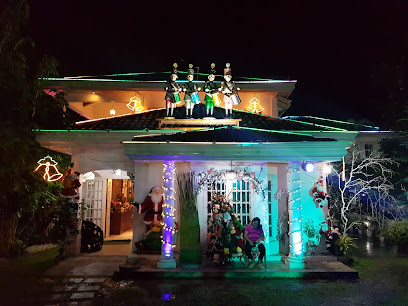
Dakudao Paper Crane Monument
Explore the Dakudao Paper Crane Monument in Davao City, a stunning symbol of peace and artistic expression amidst tranquil surroundings.
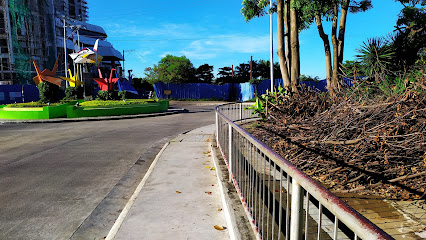
Lantaw Davao
Experience the best of Davao at Lantaw Davao, where stunning views meet authentic local cuisine in a vibrant atmosphere.
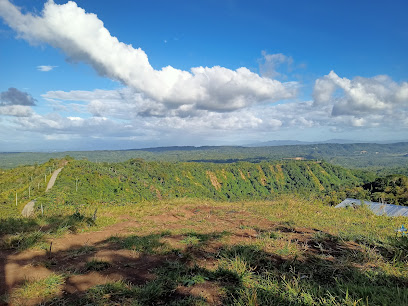
ROAD MAP SERIES
Discover the vibrant art scene at Road Map Series, an immersive museum experience in Buhangin, Davao City that showcases local and international talents.
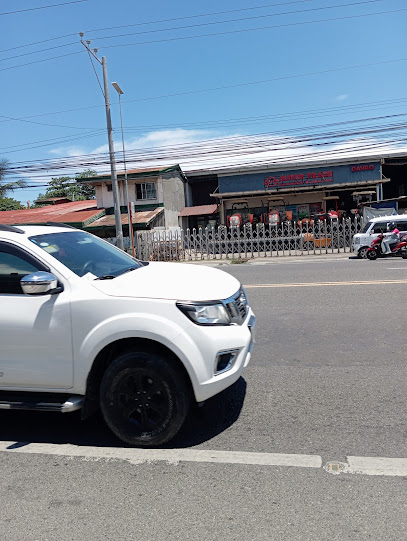
Molave Park
Explore the lush landscapes of Molave Park, a tranquil retreat in Davao City perfect for relaxation, picnics, and connecting with nature.
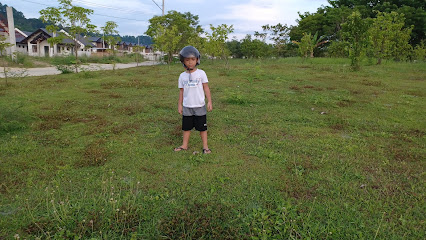
Buhangin, Davao
Explore Buhangin, Davao: A stunning hiking haven filled with lush landscapes and breathtaking views, perfect for nature lovers and adventure seekers.
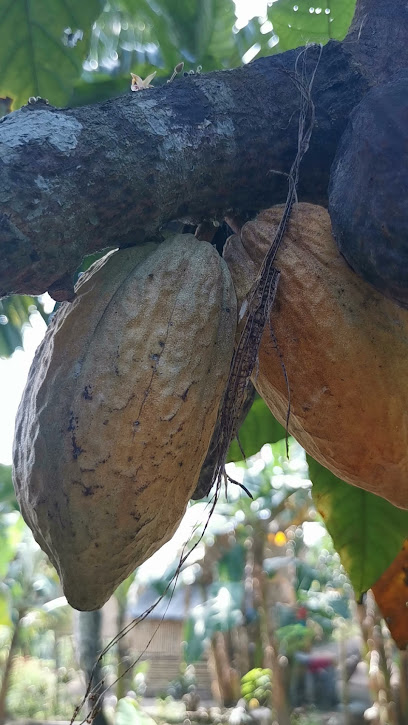
Diri
Explore Diri, a serene garden in Davao City, where lush greenery and tranquility invite relaxation and nature exploration.

Ciudades Business Park - Mandaragit Eagles Nest
Discover the historical significance and natural beauty of Ciudades Business Park - Mandaragit Eagles Nest in Davao City, a perfect blend of culture and nature.
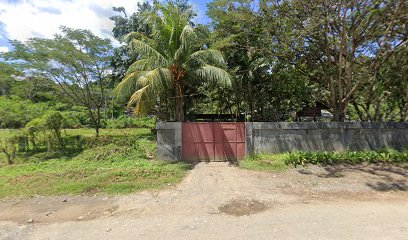
Photos the Vista
Discover breathtaking views at Photos the Vista in Davao City, a must-visit destination for photography lovers and nature enthusiasts.
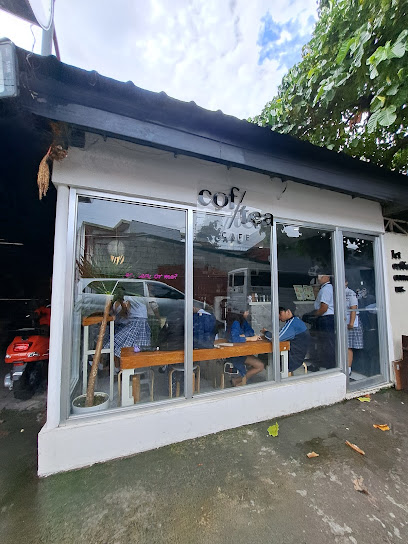
View
Explore the vibrant charm of Bajada in Davao City, where culture, nature, and delicious cuisine come together for an unforgettable experience.
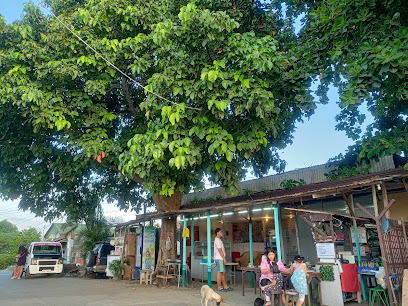
Unmissable attractions to see
People’s Park Davao
Explore People’s Park Davao: A lush urban retreat filled with art and tranquility in the heart of Davao City.
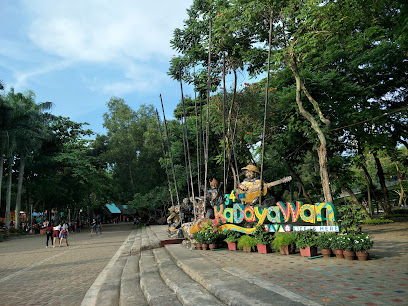
Christmas Mansion
Discover the enchanting Christmas Mansion in Davao City, a magical amusement park filled with festive decorations and holiday cheer for everyone to enjoy.
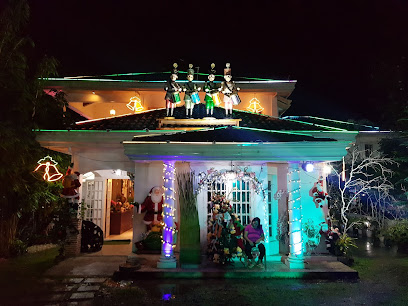
Tribu K'Mindanawan Cultural Village
Experience the vibrant culture of Mindanao at Tribu K'Mindanawan Cultural Village, a must-visit destination in Davao City showcasing indigenous heritage.
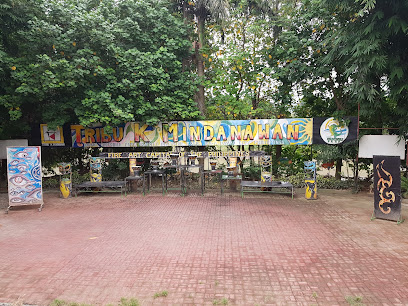
Davao Museum of History and Ethnography
Immersive cultural exploration awaits at Davao Museum of History and Ethnography, showcasing the rich heritage of Davao City and its diverse communities.

Davao Butterfly House Inc.
Explore the Davao Butterfly House, a vibrant sanctuary of nature where colorful butterflies flutter freely in a lush tropical paradise.
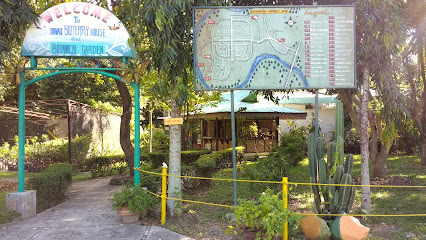
Lantaw Davao
Discover the flavors of the Philippines at Lantaw Davao, where culinary traditions meet stunning views in a vibrant atmosphere.
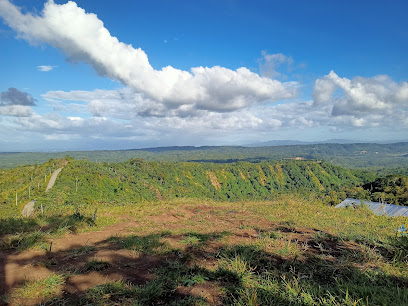
Callawa Bridge
Discover the scenic beauty of Callawa Bridge in Davao City, where nature and stunning views come together for an unforgettable experience.

Ocean view
Discover the stunning ocean views in Davao City, where tranquil waters meet breathtaking scenery, perfect for relaxation and unforgettable moments.
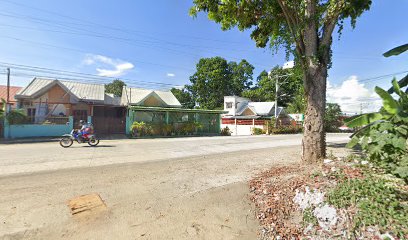
Outland Adventure
Experience the thrill of outdoor adventures and breathtaking landscapes at Outland Adventure, a must-visit destination in Davao City.
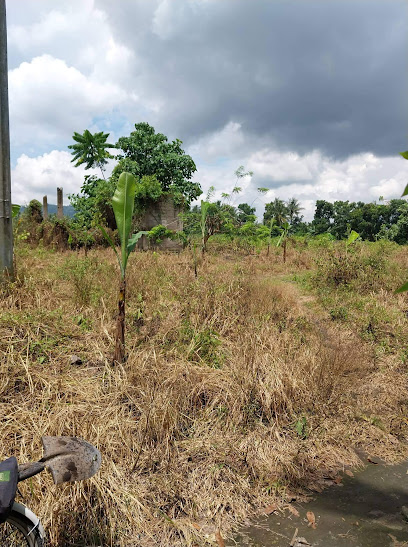
Essential places to dine
Penong's - Buhangin
Experience the rich flavors of Davao at Penong's - where grilled delights meet warm hospitality in Buhangin.
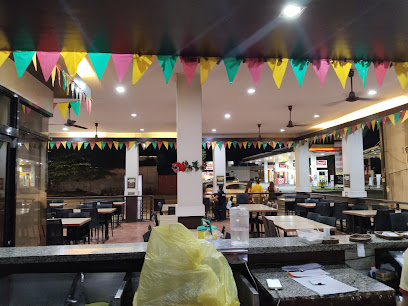
Rustica Bistro
Experience the culinary artistry at Rustica Bistro in Davao City—where fresh ingredients meet innovative flavors in a vibrant setting.
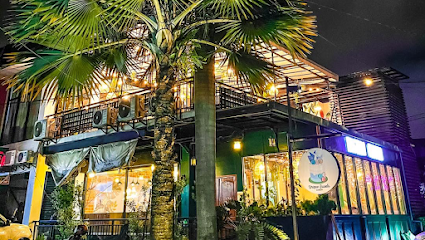
Helen's Kitchen
Discover authentic Filipino flavors and global cuisines at Helen's Kitchen in Buhangin, Davao City – where every meal tells a story.
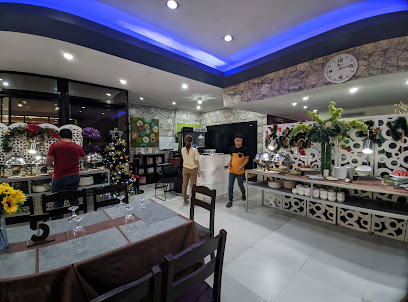
Mr & Mrs B
Discover the delightful culinary offerings at Mr & Mrs B in Buhangin - where local charm meets international flavors.
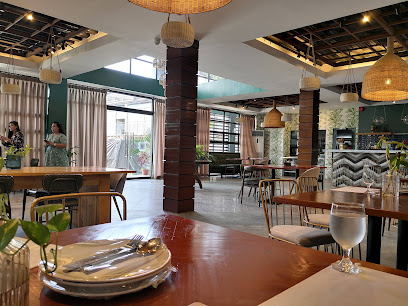
Balbacuahan Sa Buhangin
Experience authentic Asian flavors at Balbacuahan Sa Buhangin in Davao City – where tradition meets culinary innovation.

Wady's Bistro
Discover diverse flavors at Wady's Bistro in Davao City – where Mediterranean meets Filipino cuisine in a cozy setting.
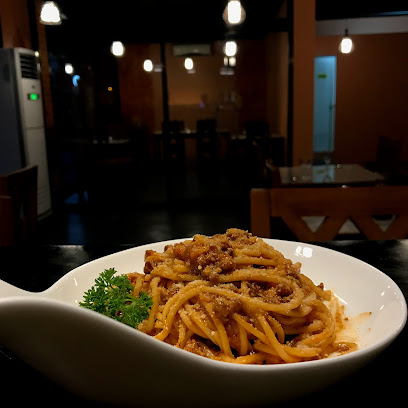
Benjarong Bar and Restaurant Davao
Experience authentic Thai cuisine at Benjarong Bar and Restaurant in Davao City – where every dish tells a story.
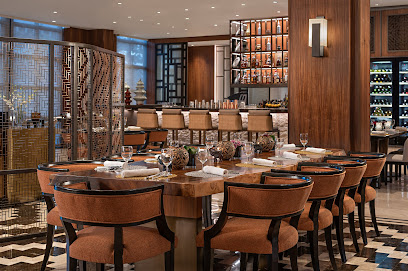
Pidoks Restaurant Buhangin
Experience the essence of Filipino culinary traditions at Pidoks Restaurant Buhangin - where every meal tells a story.
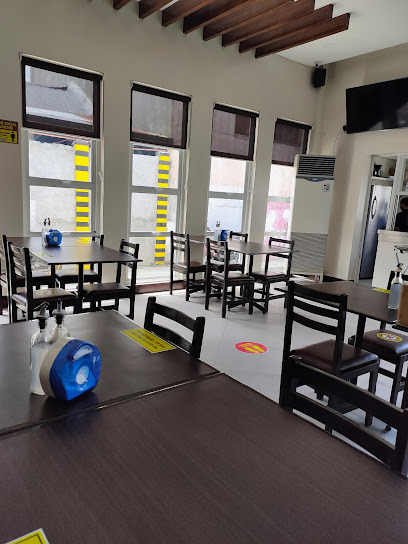
SHANIEL FOODHAUS
Discover the authentic tastes of Filipino cuisine at Shaniel Foodhaus in Buhangin, Davao City – where every meal tells a story.
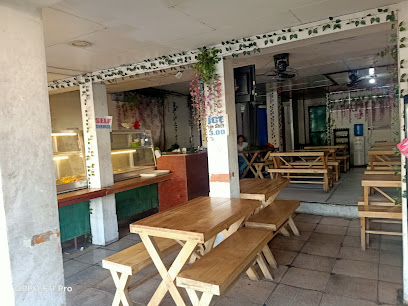
Bulcasiong
Experience family-friendly dining at Bulcasiong in Buhangin, Davao City - where delicious meals meet warm hospitality.
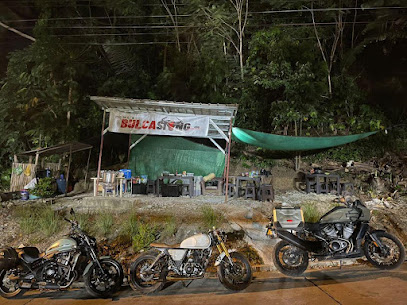
Markets, malls and hidden boutiques
Gaisano Mall of Davao
Experience the best of shopping and dining at Gaisano Mall of Davao, a vibrant hub for tourists and locals alike.
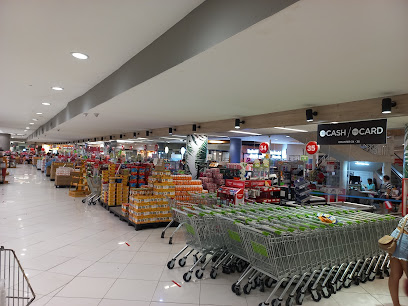
Gaisano Grand Citygate Mall Davao
Explore Gaisano Grand Citygate Mall in Davao, your ultimate shopping and entertainment destination with diverse stores and dining experiences.
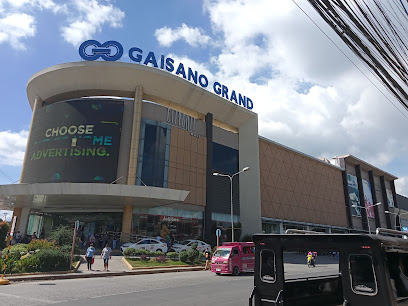
NCCC Mall Buhangin
Explore NCCC Mall Buhangin for a unique shopping experience blending local culture, diverse shops, and delicious dining options in Davao City.
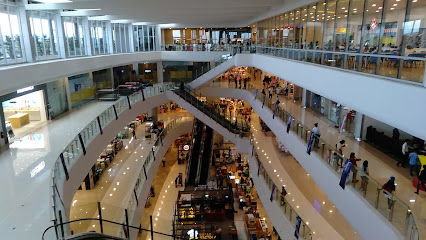
CitiHardware Buhangin
Explore CitiHardware Buhangin for an extensive range of tools and materials, perfect for DIY enthusiasts and professionals in Davao City.

NCCC Department Store Cabantian
Experience the vibrant shopping culture of Davao at NCCC Department Store Cabantian, offering a diverse selection of goods and local delicacies.
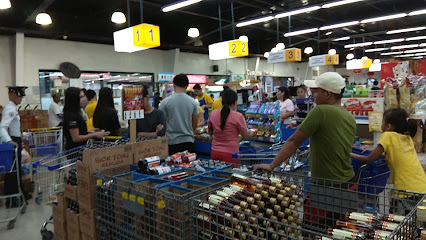
Zhoren Store
Explore Zhoren Store in Davao City for unique local products and a taste of Filipino culture in a cozy shopping environment.
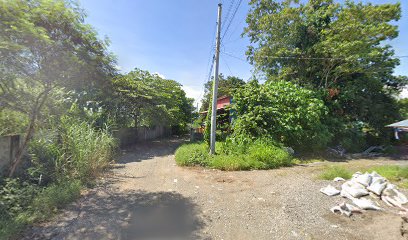
Shop and Fly Souvenir Shop
Explore the vibrant culture of Davao through unique souvenirs at Shop and Fly Souvenir Shop, conveniently located in Francisco Bangoy International Airport.
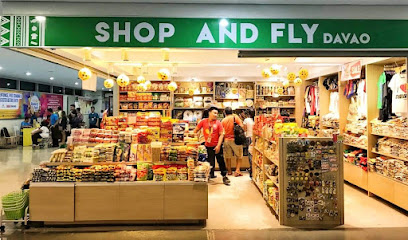
Duh Trends Palas - Buhangin
Explore Duh Trends Palas in Buhangin for unique fashion finds and local craftsmanship, a must-visit boutique in Davao City.
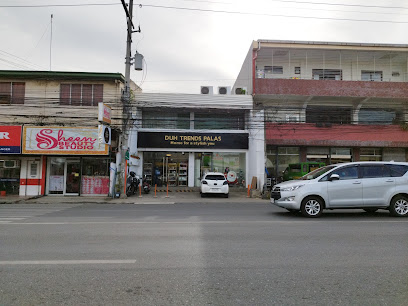
Anet's Sari Sari Store
Explore the vibrant local culture at Anet's Sari Sari Store, a delightful stop for authentic snacks and everyday essentials in Davao City.
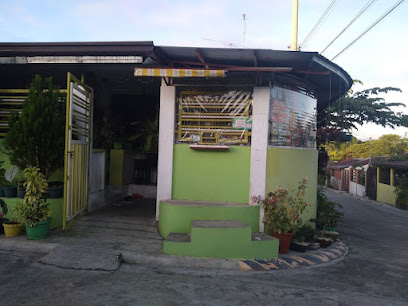
4a's&L store
Discover the local flavors of Davao City at 4a's&L Store, a charming grocery stop for unique products and friendly service.
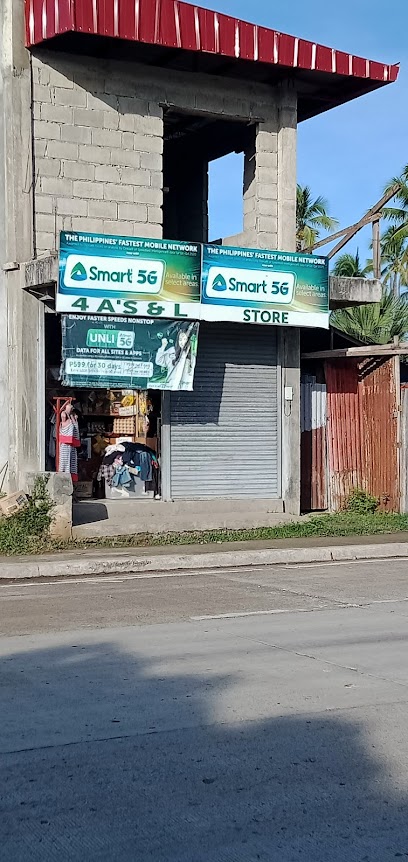
Essential bars & hidden hideouts
Mad Cravings Inc.
Discover the ultimate pool and sports bar experience at Mad Cravings Inc. in Davao City, where fun and relaxation meet.
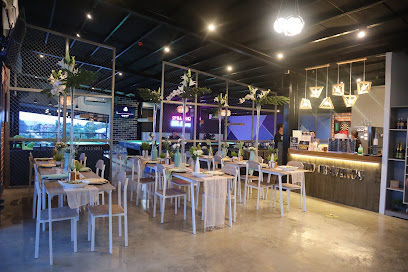
Ouzo Restobar
Discover the lively Ouzo Restobar in Davao City, where delicious dining meets vibrant nightlife in a welcoming atmosphere.
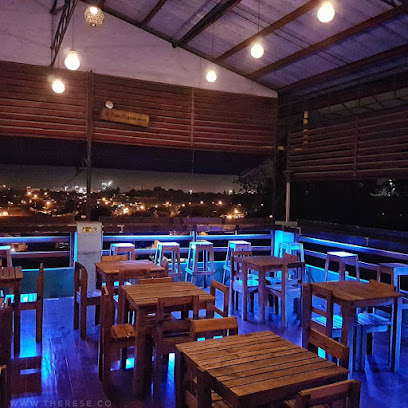
Green Heights Club House & Restobar
Discover the lively ambiance and diverse flavors at Green Heights Club House & Restobar, a must-visit pub in Davao City for every traveler.

Krisna Music Bistro & Bar
Experience the vibrant nightlife of Davao City at Krisna Music Bistro & Bar, where local music meets delicious cuisine in a lively atmosphere.

Julie bar
Discover the lively ambiance and drink variety at Julie Bar, a premier nightlife destination in Buhangin, Davao City, where fun and friendly vibes await.

UnLingaw Rooftop Bar (Unli ang Lingaw)
Discover the ultimate rooftop experience at UnLingaw Rooftop Bar, where delicious grilled dishes meet stunning views of Davao City.
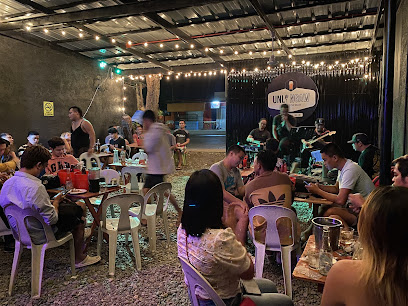
Garden of Daniel
Discover the Garden of Daniel, a tropical bar oasis in Davao City, where lush greenery meets a warm, inviting atmosphere for relaxation and enjoyment.
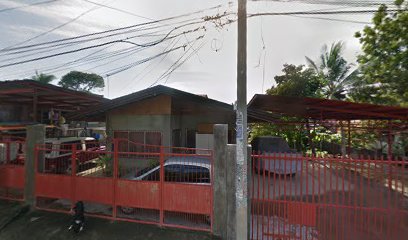
Shindig Bar
Experience the vibrant nightlife at Shindig Bar in Davao City, where local culture meets a lively atmosphere and exceptional drinks.
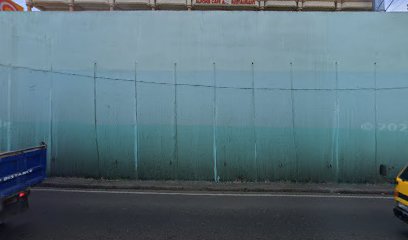
The Backyard
Experience the vibrant nightlife at The Backyard, a charming bar in Davao City where locals and tourists mingle over refreshing drinks and good vibes.
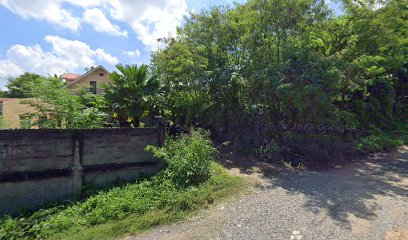
d11 Resto Bar
Discover the lively ambiance and delicious offerings at d11 Resto Bar in Buhangin, Davao City, where every visit is a celebration of flavor and culture.
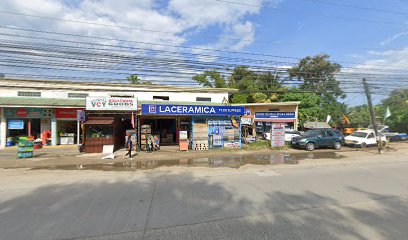
Local Phrases
-
- HelloKumusta
[koo-moo-sta] - GoodbyePaalam
[pah-ah-lahm] - YesOo
[oh-oh] - NoHindi
[hin-dee] - Please/You're welcomePaki
[pah-kee] - Thank youSalamat
[sah-lah-mat] - Excuse me/SorryPasensya/Sorry
[pah-sen-sha / soh-ree] - How are you?Kamusta ka?
[kah-moo-sta kah] - Fine. And you?Mabuti. Ikaw?
[mah-boo-tee. ee-kahw] - Do you speak English?Marunong ka ba mag-Ingles?
[mah-roo-nong kah bah mahg-eeng-lehs] - I don't understandHindi ko maintindihan
[hin-dee koh mah-een-teen-dee-han]
- HelloKumusta
-
- I'd like to see the menu, pleaseGusto ko sanang makita ang menu, pakiusap
[goo-stoh koh sah-nahng mah-kee-tah ahng meh-noo, pah-kee-oo-sahp] - I don't eat meatHindi ako kumakain ng karne
[hin-dee ah-koh koo-mah-kah-een ng kahr-neh] - Cheers!Mabuhay!
[mah-boo-hay] - I would like to pay, pleaseGusto ko sanang magbayad, pakiusap
[goo-stoh koh sah-nahng mahg-bah-yaad, pah-kee-oo-sahp]
- I'd like to see the menu, pleaseGusto ko sanang makita ang menu, pakiusap
-
- Help!Tulong!
[too-long] - Go away!Lumayo ka!
[loo-mah-yoh kah] - Call the Police!Tawag ka ng pulis!
[tah-wahg kah ng poo-lees] - Call a doctor!Tawag ka ng doktor!
[tah-wahg kah ng dohk-tor] - I'm lostNawawala ako
[nah-wah-wah-lah ah-koh] - I'm illMay sakit ako
[mahy sah-keet ah-koh]
- Help!Tulong!
-
- I'd like to buy...Gusto ko bumili ng...
[goo-stoh koh boo-mee-lee ng] - I'm just lookingNagtitignan lang ako
[nahg-tee-teeg-nahn lahng ah-koh] - How much is it?Magkano ito?
[mahg-kah-noh ee-toh] - That's too expensiveMasyadong mahal
[mah-syah-dohng mah-hahl] - Can you lower the price?Pwede bang babaan ang presyo?
[pweh-deh bahng bah-bah-ahn ahng preh-syoh]
- I'd like to buy...Gusto ko bumili ng...
-
- What time is it?Anong oras na?
[ah-nohng oh-rah-s nah] - It's one o'clockAlas uno na
[ah-lahs oo-noh nah] - Half past (10)Alas diyes y medya
[ah-lahs deeh-yes ee med-yah] - MorningUmaga
[oo-mah-gah] - AfternoonHapon
[hah-pohn] - EveningGabi
[gah-bee] - YesterdayKahapon
[kah-hah-pon] - TodayNgayon
[ngah-yohn] - TomorrowBukas
[boo-kahs] - 1Isa
[ee-sah] - 2Dalawa
[dah-lah-wah] - 3Tatlo
[taht-loh] - 4Apat
[ah-paht] - 5Lima
[lee-mah] - 6Anim
[ah-neem] - 7Pito
[pee-toh] - 8Walo
[wah-loh] - 9Siyam
[see-yahm] - 10Sampu
[sahm-poo]
- What time is it?Anong oras na?
-
- Where's a/the...?Nasaan ang...
[nah-sah-ahn ahng] - What's the address?Anong address?
[ah-nohng ah-drehs] - Can you show me (on the map)?Pwede mo ba akong ipakita (sa mapa)?
[pweh-deh moh bah ah-kohng ee-pah-kee-tah sah mah-pah] - When's the next (bus)?Kailan ang susunod (bus)?
[kah-ee-lahn ahng soo-soo-nod (boos)] - A ticket (to ....)Isang tiket (papuntang ...)
[ee-sahng tee-keht (pah-poon-tahng)]
- Where's a/the...?Nasaan ang...
History of Buhangin District
-
Buhangin District, like much of Davao City, was originally inhabited by indigenous groups such as the Bagobo and other Lumad tribes. These communities lived harmoniously with nature, relying on agriculture, fishing, and hunting. Their rich oral traditions and cultural practices have significantly influenced the area's identity, emphasizing a deep respect for the land and natural resources.
-
During the Spanish colonial period in the 16th century, Buhangin began to see the introduction of Christianity and new agricultural practices. The area was part of the wider efforts by Spanish missionaries to spread Catholicism, leading to the establishment of small chapels and schools. The influence of Spanish culture can still be seen today in some local festivals and community events.
-
The early 20th century, particularly during the American occupation, marked significant changes in Buhangin. The Americans implemented various infrastructure projects, including roads and schools, aimed at modernizing the region. This era also saw the introduction of public education and health services, laying the groundwork for the community's development.
-
Buhangin, like the rest of Davao, was affected by the events of World War II. Japanese forces occupied the region, leading to significant hardships for local residents. The war's end brought about a period of reconstruction and recovery, as the community worked to rebuild and stabilize following the conflict.
-
In the latter half of the 20th century, Buhangin experienced rapid urbanization, driven by the growth of Davao City as an economic hub. The establishment of various commercial establishments and the influx of migrants from other regions transformed Buhangin into a vibrant urban neighborhood. This growth has continued into the 21st century, making it a diverse residential and commercial area with a unique blend of cultures.
Buhangin District Essentials
-
Buhangin District is easily accessible from various neighborhoods within Davao City. From the city center, you can take a jeepney or taxi directly to Buhangin, which will take approximately 15-30 minutes depending on traffic. If coming from the airport, taxis are readily available and will take around 10-15 minutes. For a more budget-friendly option, you can take a bus to the terminal closest to Buhangin and then a short jeepney ride.
-
Buhangin is primarily navigated by jeepneys, tricycles, and taxis. Jeepneys are the most popular and cost-effective mode of transport, with various routes connecting different parts of the district. Bicycles are also a feasible option for the more adventurous, with some areas having bike lanes. Walking is an excellent way to explore the local shops and eateries, but be cautious of traffic.
-
Buhangin District is generally safe for tourists, but it's advisable to exercise common sense and be aware of your surroundings. Areas near the airport and bus terminals can sometimes attract petty crime, so keep your belongings secure and avoid displaying valuables. It's best to travel in groups, especially at night.
-
In case of an emergency, dial 911 for police, fire, or medical assistance in Davao City. Familiarize yourself with the locations of nearby hospitals and clinics. It's also wise to have travel insurance that covers medical emergencies. Local pharmacies are available for minor health issues, and most staff in tourist areas will speak basic English.
-
Fashion: Do dress modestly and comfortably, especially when visiting religious sites. Don't wear revealing clothing. Religion: Do respect local customs and traditions; it’s polite to cover your head when entering churches. Public Transport: Do be courteous and give up your seat for the elderly. Don't eat or drink on public transport. Greetings: Do greet locals with a smile and a friendly 'hello.' Don’t be overly familiar; a handshake is sufficient. Eating & Drinking: Do sample local dishes and accept food offers politely. Don't waste food, as it is considered disrespectful.
-
To experience Buhangin like a local, visit the local markets, especially the Buhangin Public Market, where you can find fresh produce and local delicacies. Engage with vendors for a taste of local culture and cuisine. Try the local specialty, 'kinilaw' (raw fish salad), at neighborhood eateries. Attend local festivals or events if your visit coincides with them for a deeper cultural experience.
Nearby Cities to Buhangin District
-
Things To Do in Cagayan de Oro
-
Things To Do in Camiguin
-
Things To Do in Siargao
-
Things To Do in Bohol
-
Things To Do in Zamboanga City
-
Things To Do in Cebu City
-
Things To Do in Manado
-
Things To Do in Boracay
-
Things To Do in Legazpi
-
Things To Do in Puerto Princesa
-
Things To Do in Palawan
-
Things To Do in Sandakan
-
Things To Do in Tagaytay
-
Things To Do in Manila
-
Things To Do in Koror Town






